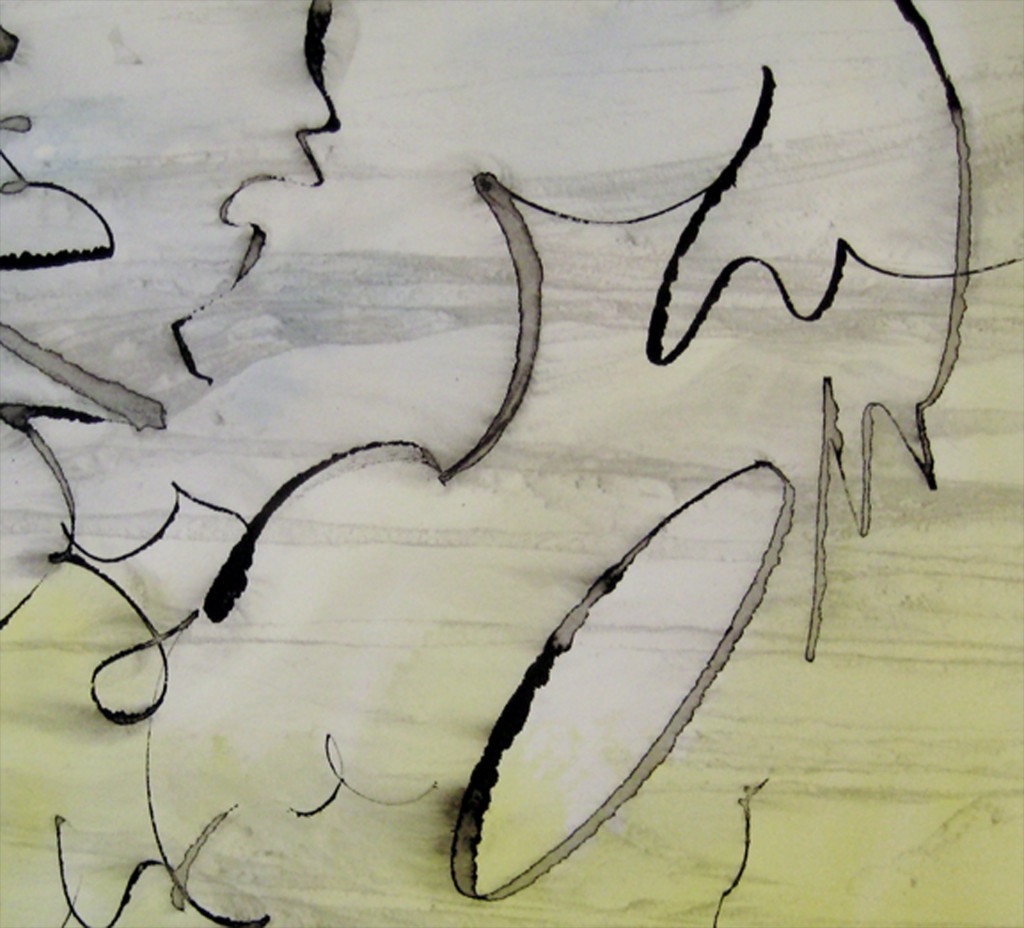The Universal Penman

The Universal Penman, published in 1741, was the ultimate guide to English penmanship. Engraved by George Bickham after the designs of England’s finest scriptwriters, The Universal Penman was a compilation of broadsides, each one focusing on a different art, profession, emotion, or human moral. Beside the handwriting, may of the broadsides are highlighted with engraved vignette illustrations done by Bickham. Includes 125 pictorial scenes, over 200 script pictures, 19 complete animals, 275 lettered specimens, more than 100 panels, frames, cartouches, and other effects, and more.
This large and impressive book explores “the art of writing,” which is here “made useful to the gentleman and scholar as well as the man of business [and which is] exemplified in all the useful and ornamental branches of modern penmanship.” It is generally considered to be not only the most beautiful, but also the most important calligraphic book of the century; Bonacini praises it in an even larger context, calling it “one of the most interesting writing books of all time.” The monumental work, which was begun in 1733, comprises a compendium of all the scripts then in use in England–including a page of exotic alphabets with Hebrew, “Rabinical,” Samaritan, Syriac, Arabic, and Armenian characters. The work was produced by a stable of 25 penmen, including Willington Clark, Joseph Champion, Zachary Chambers, Emmanuel Austin, William Leekey, “and several other masters [whose work] may still be examined with delight.” (Wiles) The book was also “the first recorded attempt to issue in periodical parts a work that was intended for subsequent issue in bound form.” (See P. H. Muir’s detailed account of the book in “The Library,” 4th Ser., vol. 25) It was originally issued to subscribers in 52 numbers, each containing four finely engraved leaves. Although the publisher planned to issue one number per week for a year, the project actually lasted over a period of eight years, a fact which makes complete and decent copies of the first state of the work extremely scarce. Once the work was completed, it was decided in 1742 to issue the whole thing again in weekly numbers, and this time, with the sheets already at hand, the schedule was closely adhered to. After this project, Henry Overton, whose firm had a history of publishing writing-books, took over the plates and issued them in book form. Bickham, who studied under John Sturt, was considered the pre-eminent engraver of calligraphy, in part because he was able to cut through the wax directly onto the plate, without first tracing the text and, so, was better able to transmit “the ease, spirit, and nature of the master’s original.” (Ekstrom) The work was always meant to be first and foremost about penmanship, but the fine engraved scenes at the head of each section today command at least as much of our esthetic attention as the various scripts do. The very substantial text, occupying more than 200 large folio pages, is a combination of edifying sentiments about the significant abstractions of human life (liberty, reputation, pride, ambition) and samples of various types of letters and especially the forms one uses in commerce. The extraordinarily elaborate ownership incription of Mr. Pemberton suggests that he was a devo.


 NOLAA Facebook Page
NOLAA Facebook Page